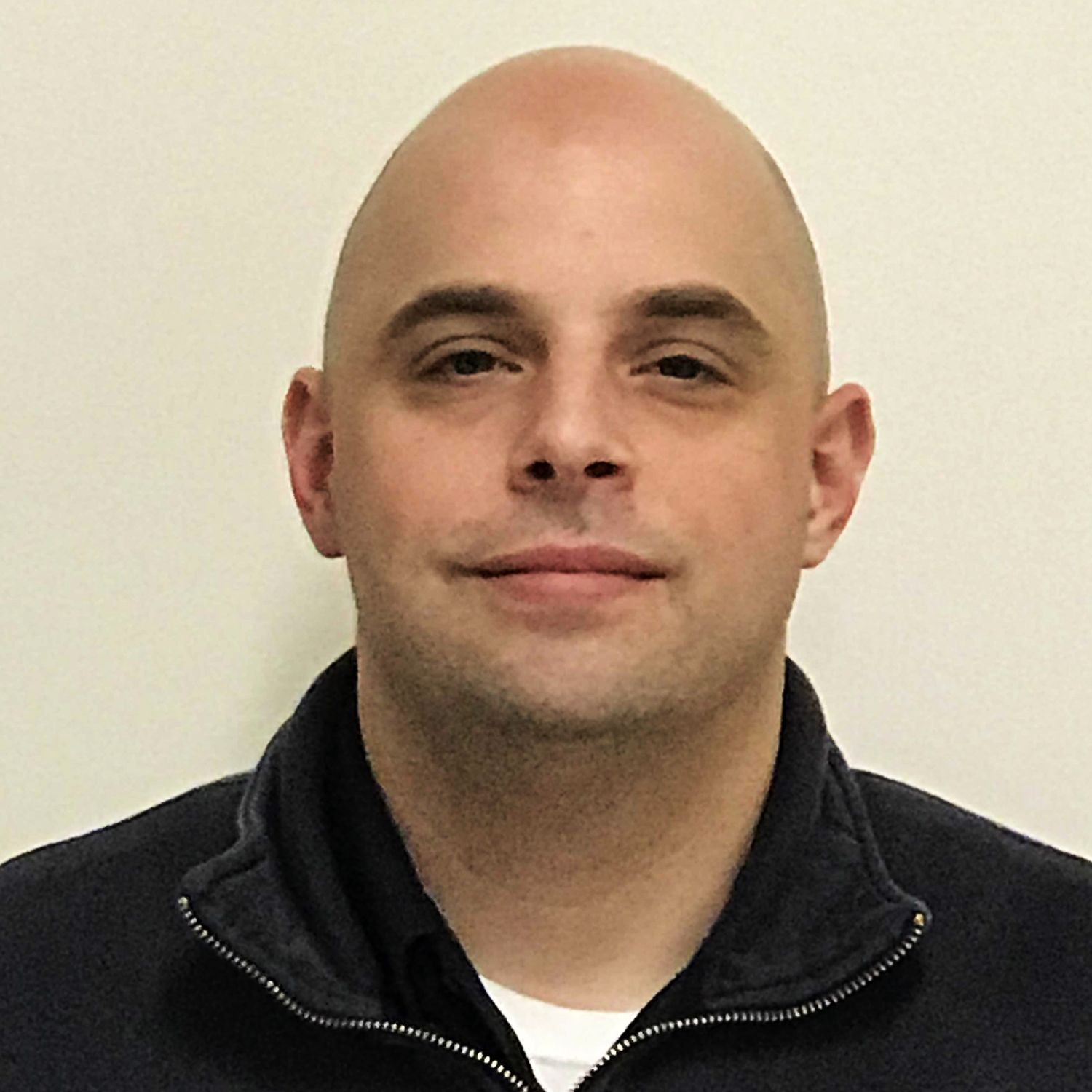
Timothy Hoar
Timothy Hoar tried his hand at several professions before joining the AMR team in February 2018. EMS seemed like a perfect fit for Tim, a U.S. Army combat veteran.
Last July, Tim’s military training proved essential to defusing an extremely dangerous situation and preventing bloodshed. Tim and his partner responded to the scene of a call involving a violent patient at a local nursing home before police arrived. Tim spoke calmly to the man to de-escalate the situation and gain his trust. However, tensions flared again and the man brandished a pistol. When he fired a shot toward a member of the nursing home staff, Tim’s military training kicked in. He swept the patient’s legs, took him to the ground, and secured the weapon. Once Tim had the patient restrained, he reverted to caregiver mode, putting a pillow under the man’s head to reduce his discomfort while they waited for officers to arrive on scene.
After the incident, authorities lauded Tim for his incredibly brave actions. The Buffalo Police Public Information Officer called Tim a hero for bravely wrestling the firearm, which contained four additional live rounds, away from the patient. There is little doubt that Tim’s actions that day saved many lives.
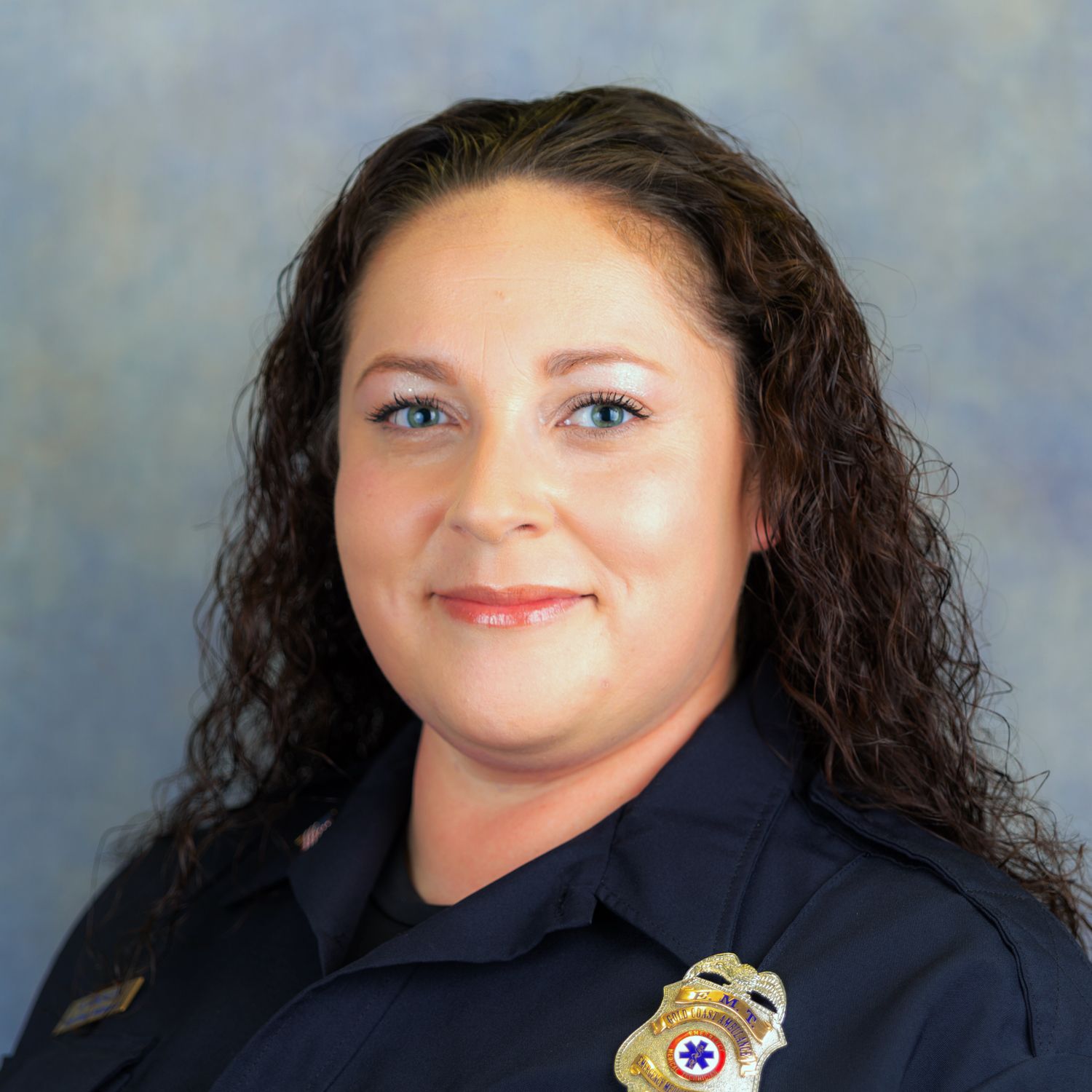
Nicole Gonzales
When two devastating events shook her community, Nicole Gonzales responded for responders. As the Ventura County Critical Incident Stress Management Coordinator and a member of the county’s Behavioral Health Task Force, Nicole is charged with ensuring first responders receive the mental health support they need after traumatic events.
Nicole provided support and comfort to her fellow AMR employees, first responders, and hospital personnel in the immediate aftermath of the November 2018 shooting at a country music bar in Thousand Oaks, California. Wildfires ignited just days later, impacting the same personnel who had responded to the deadly shooting. Nicole worked with members of the Critical Incident Stress Management coalition to create plans to satisfy the mental health needs of the community, in addition to those serving the public interest.
Day in and day out, Nicole demonstrates compassion and professionalism in helping her teammates cope with large-scale public incidents and their own private tragedies. She also continues to work as a full-time EMT and is a Field Training Officer and Lead Emergency Vehicle Operations Instructor for AMR Ventura and Gold Coast Ambulance.

Kenneth Denk
After working as an electrician and serving as an expeditionary warfare and submarine specialist in the U.S. Navy, Kenny Denk found his calling in the EMS field. He joined AMR in April 2012 after earning his Paramedic certification. Kenny is a skilled clinician who takes great pride in his work. His supervisors often receive compliments about the dignity and respect he shows to patients and colleagues.
Kenny has a heart for community service. He leads his operation’s annual CPR challenge and has organized efforts to honor veterans in his local community. When a need arises, Kenny is not shy about sliding back into electrician mode to help with remodeling and other tasks around the station. Kenny also serves as an assistant Scoutmaster for a Boy Scout troop and a medical representative for an American Heritage Girls troop. Additionally, he has helped lead marriage retreats and is a Eucharistic Minister at his church.
Kenny is most proud of his ability to treat critical care patients. He is currently working to obtain his critical care certification.
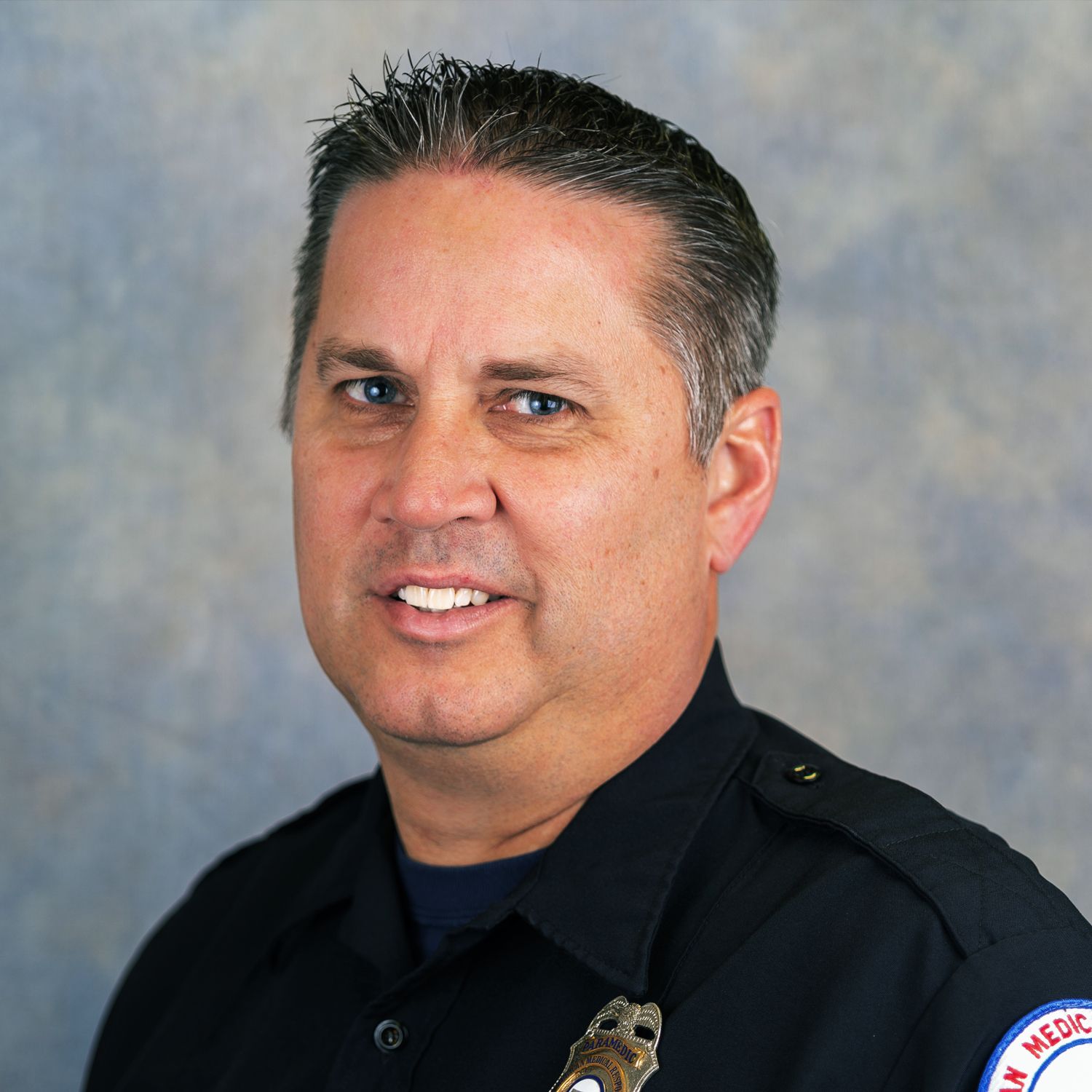
Michael Copeland
Mike Copeland has been an invaluable member of the Ventura County EMS community for the past 25 years. Throughout his career, he has served as an EMT, a Paramedic, and a Field Training Officer. He has developed a reputation as someone who leads by example.
Mike was one of the first to respond to the deadly shooting at a country music bar in Thousand Oaks, California in November 2018. He sprang into action mode when he received a patient with multiple gunshot wounds. Mike did not realize at the time that his patient was a long-time friend and fellow first responder. Mike transported the man to the hospital, then returned to assist other patients.
Just days after the shooting, disastrous wildfires broke out in Ventura County. No one would have questioned Mike had he asked for time off to cope after the shooting, but being the dedicated and selfless individual he is, Mike volunteered to fill available shifts during this difficult time.
We honor Mike for his tireless commitment to his patients, his fellow caregivers, and the community he has lived in and served for decades.

Jackson Coats
Spending 29 years in mobile healthcare is itself an achievement worthy of an award. Yet with almost three decades under his belt, Jackson Coats is even more dedicated to his profession, his teammates, and his patients than he was on the day he first started. Every year, Jackson seeks out new knowledge and certifications. He has instructed countless students during his tenure. He has saved lives with his own two hands with the experience and clinical skills he has so generously passed on to the providers who have come after him. Jackson’s excellent bedside manner inspires those within his operation as well as colleagues from allied agencies.
Jackson is a founding member of AMR’s Special Operations Unit of Contra Costa County. The unit provides Paramedic support to the county’s SWAT teams during active shooter events and specialized technical assignments. He is also a longtime member of AMR’s Emergency Response Team and has been deployed to multiple national disasters. Jackson served as a strike team leader during the Hurricane Michael deployment in 2018.

Kristen Casteel
Last year kept Kristen Casteel on her toes. In 2018, Kristen—who has worked in mobile healthcare for 13 years and as a Paramedic for the past six—delivered three babies in the field and successfully resuscitated four cardiac arrest patients.
Although Kristen provides the same strong clinical care to each of her patients, one incident has cemented her stellar reputation. While Kristen’s partner was treating a patient in the back of the ambulance, a panicked bystander approached the ambulance and informed Kristen, who was operating the vehicle, that there was someone unresponsive on the sidewalk nearby. Kristen pulled the ambulance over, grabbed her equipment, and found a patient in cardiac arrest.
Kristen began resuscitation efforts and directed bystanders to assist with CPR. She managed the patient on her own for five full minutes. When the transporting ambulance arrived on scene eight minutes into the incident, the patient’s heart was once again beating on its own.

Rebecca Hartman
Rebecca Hartman has grown up in the emergency medical services industry. She has been part of the team at Abbott for the past decade, but first became involved in EMS when she was 16 years old. As Lead Field Training Officer, Becca oversees trainers, conducts case reviews, and helps mentor team members – all while continuing to work in the field.
After several of her team members were exposed to opiates while responding to calls, Becca took it upon herself to ensure everyone was educated and prepared for this potential exposure. She first initiated a training class for employees, and then contacted several local fire and police departments to begin teaching a class on opiate exposures. She wanted to make sure that as many first responders as possible were aware of the dangers of opiates and of how they can decrease the exposure for first responders.
Another example of Becca’s commitment to her community is demonstrated every Friday when she visits a local elementary school to offer high fives and a boost of encouragement to students starting their day. Several other EMTs and Paramedics have also been convinced by Becca to participate in this simple activity which produces extraordinary reactions from the children. Becca’s positive outlook is inspiring. She has earned the trust, respect and admiration of her colleagues, patients, and community.
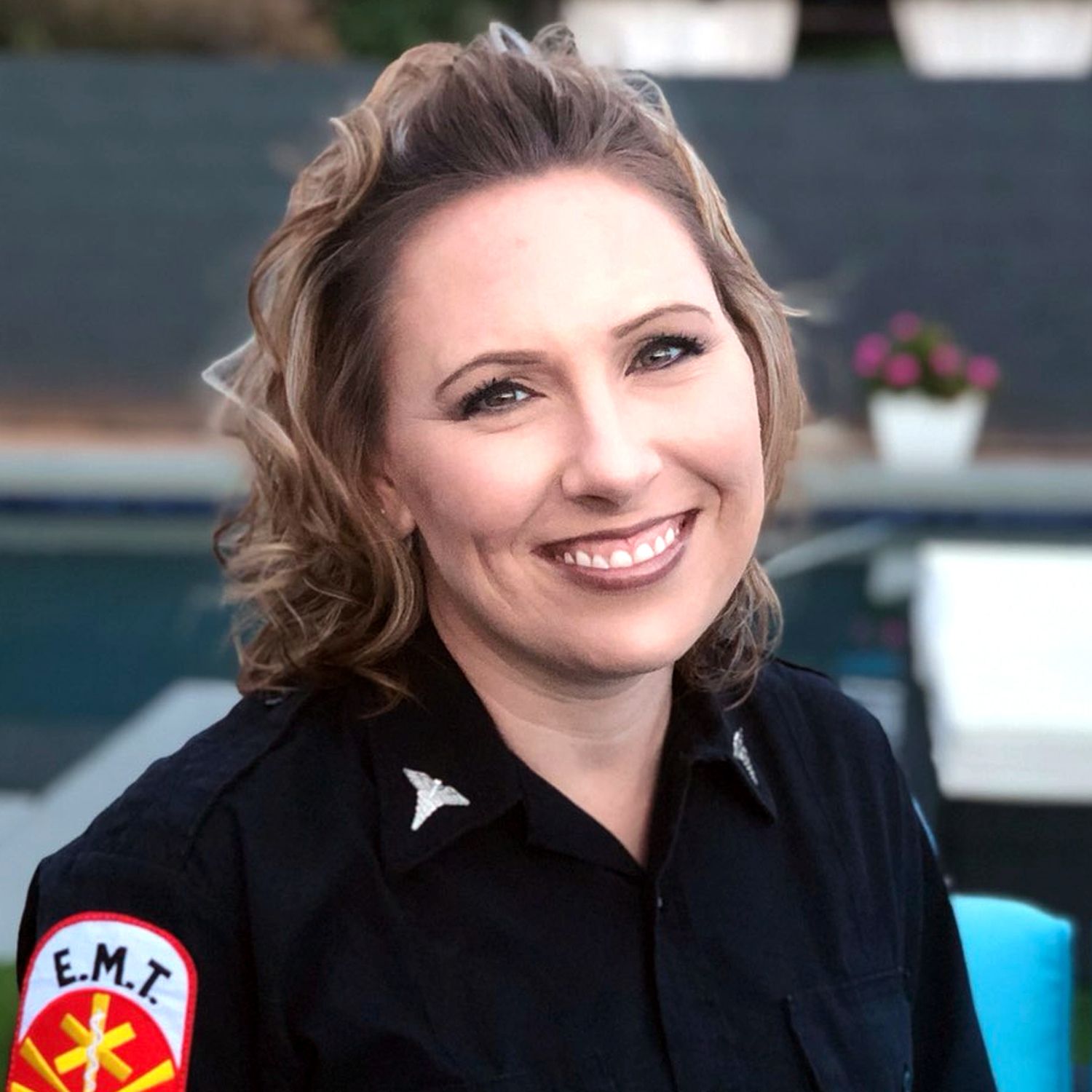
Elizabeth Yancey
Beth Yancey has a unique ability to see the silver lining behind every dark cloud. Beth spent three years as a Mesa Fire Department Connector program volunteer, but a heart condition kept her from entering the fire service on a full-time basis. Beth poured her passion into EMS instead. Just a few years into her career, a serious car wreck sidelined Beth. She worked in an EMS Human Resources position for four years before gaining enough strength to return to the ambulance.
“How can we make a patient’s worst day better?” was a question that Beth, a former EMT instructor, repeatedly posed to her students and continues to ask herself every day. It was from this foundation of care that Beth developed a special friendship with a young leukemia patient. Beth and her partner were at a hospital last year when they noticed the patient pointing at their ambulance. Beth invited the five year old and her mother in for a closer look, and soon Zaelynn—who had previously had trouble walking—was making trips from her room every time Beth was at the hospital. Now in remission, Zaelynn was quick to offer support when Beth’s mother was diagnosed with breast cancer, which she has since beat.

Russell Friske
Service has been the common thread running through Rusty Friske’s professional life. Rusty joined the EMSA team in August 2014, shortly after receiving his EMT certification. He had intended to join the fire service, but fell in love with medicine. Rusty earned his Paramedic certification in August 2016 and has since become a part-time Clinical Coordinator. He is responsible for leading the EMSA Field Training Officer program, and has taken responsibility for helping EMTs successfully transition to Paramedic roles. Rusty has received numerous kudos for excellent patient care and customer service during his time at EMSA.
Before entering the EMS field, Rusty worked as a youth pastor and then as a YMCA Director. Doing for others – patients, colleagues, parishioners, campers, and strangers – fulfills Rusty, and he and his wife encourage their young daughters to possess servants’s hearts as well. The family has adopted the values of faith, respect, integrity, sacrifice, kindness, and excellence (an acronym of “Friske”) and discuss how to align their lives with these values daily.
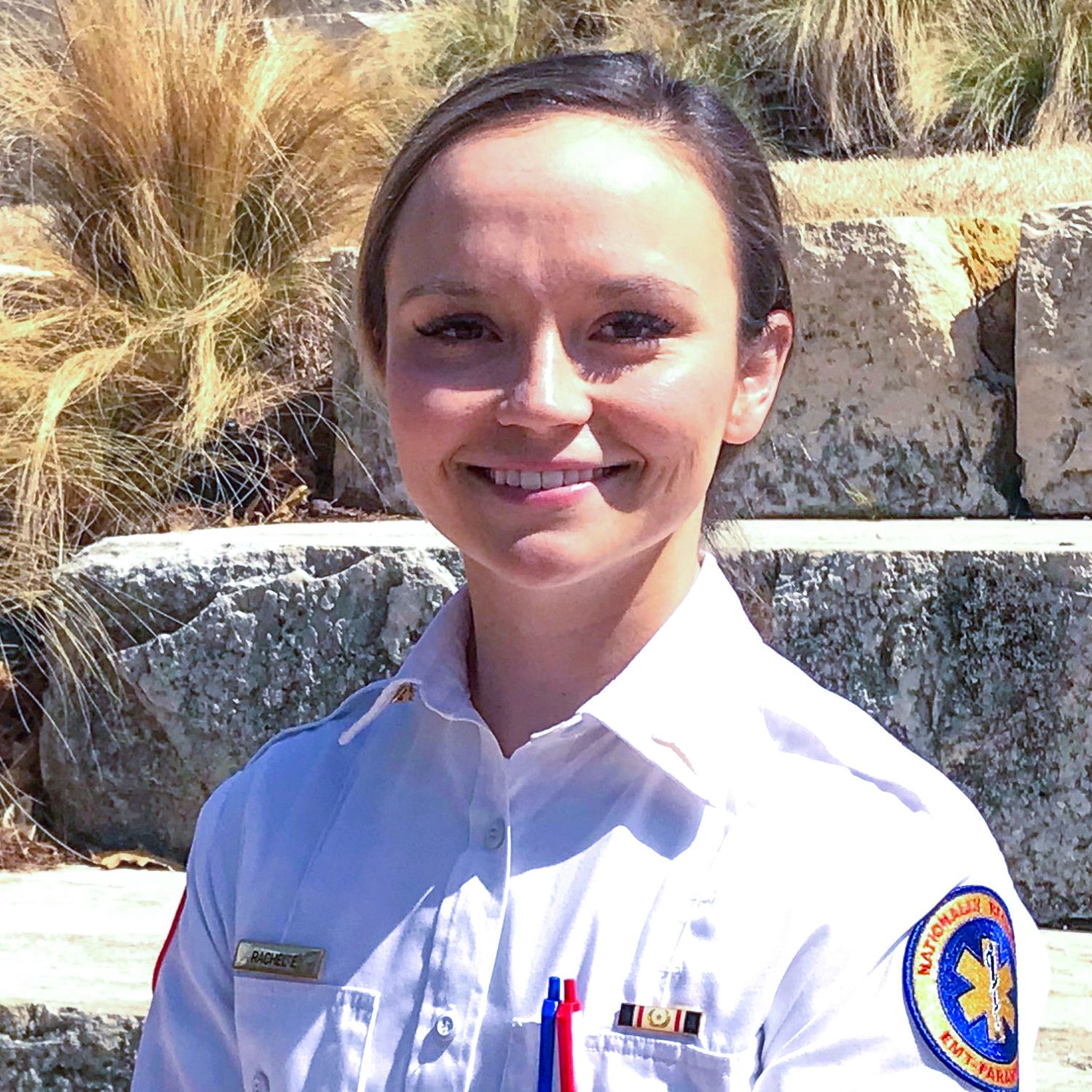
Rachel Evans
Emergency Medical Services is in Rachel Evans’s blood. Rachel joined EMSA fresh out of EMT school in March 2015 and ended up working alongside many of the same people her Paramedic father had decades earlier. Rachel earned her Paramedic certification, with valedictorian honors, in July 2017. Since then, she has made teaching others her mission. That includes Rachel’s partners, her patients, and the most recent group of EMSA EMTs to complete Paramedic school; they recognized Rachel for the hours she spent helping them to succeed. Rachel credits her grandmother, a long-time teacher, with helping her understand the importance of sharing what she has learned with others.
Last year, Rachel received a special administrative award for her professionalism and leadership. She has been recognized many times for providing excellent clinical care and demonstrating strong teamwork, and her patient care documentation is superb. An avid runner, Rachel has competed in half and full marathons, including the Oklahoma City Memorial Marathon. However, Rachel claims that she is most proud of the fact that her colleagues say that they would trust her to provide emergency care to their family members.
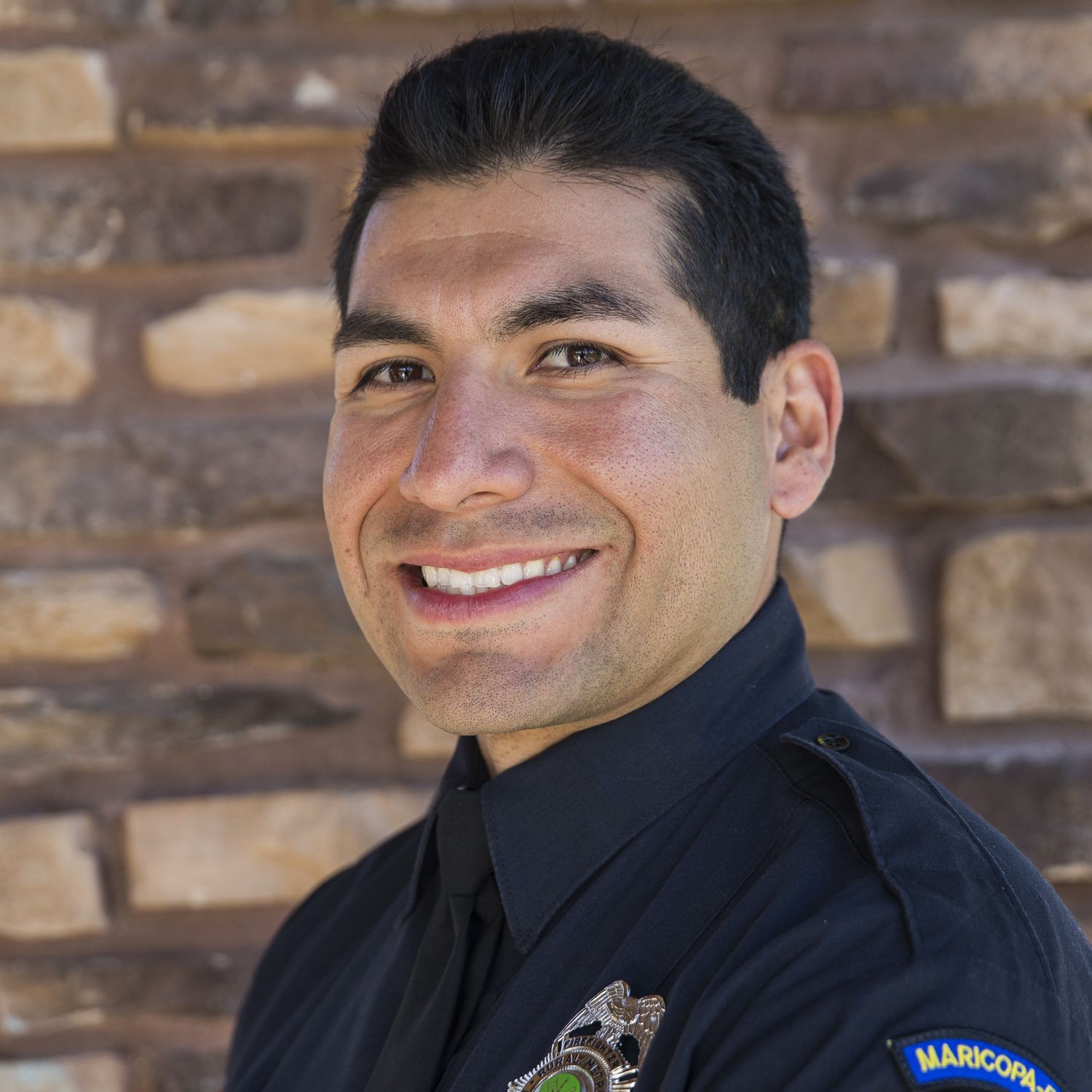
Aaron Fajardo
Facing down fire is nothing new for Aaron Fajardo, a Firefighter/EMT with more than a decade of experience. But facing down gunfire is, quite fortunately, a rarer occasion.
Last July, Aaron was part of a three-man engine crew dispatched to a collision involving two vehicles. Within minutes of the engine’s arrival on scene, one of the motorists involved in the crash began firing a gun in the direction of Firefighters, EMTs, and other emergency responders. Aaron instinctively shielded the patient he was caring for with his own body. He secured cover for himself and removed the patient from the direct line of fire. More than two dozen law enforcement officers arrived on the scene and apprehended the gunman.
Aaron’s compassion toward others and his enthusiasm for the job are palpable. He is motivated to learn, grow, and earn more responsibility. Though Aaron only joined the Rural Metro Fire Department four years ago, he has not hesitated to take the steps needed to advance his career and secure a bright future.
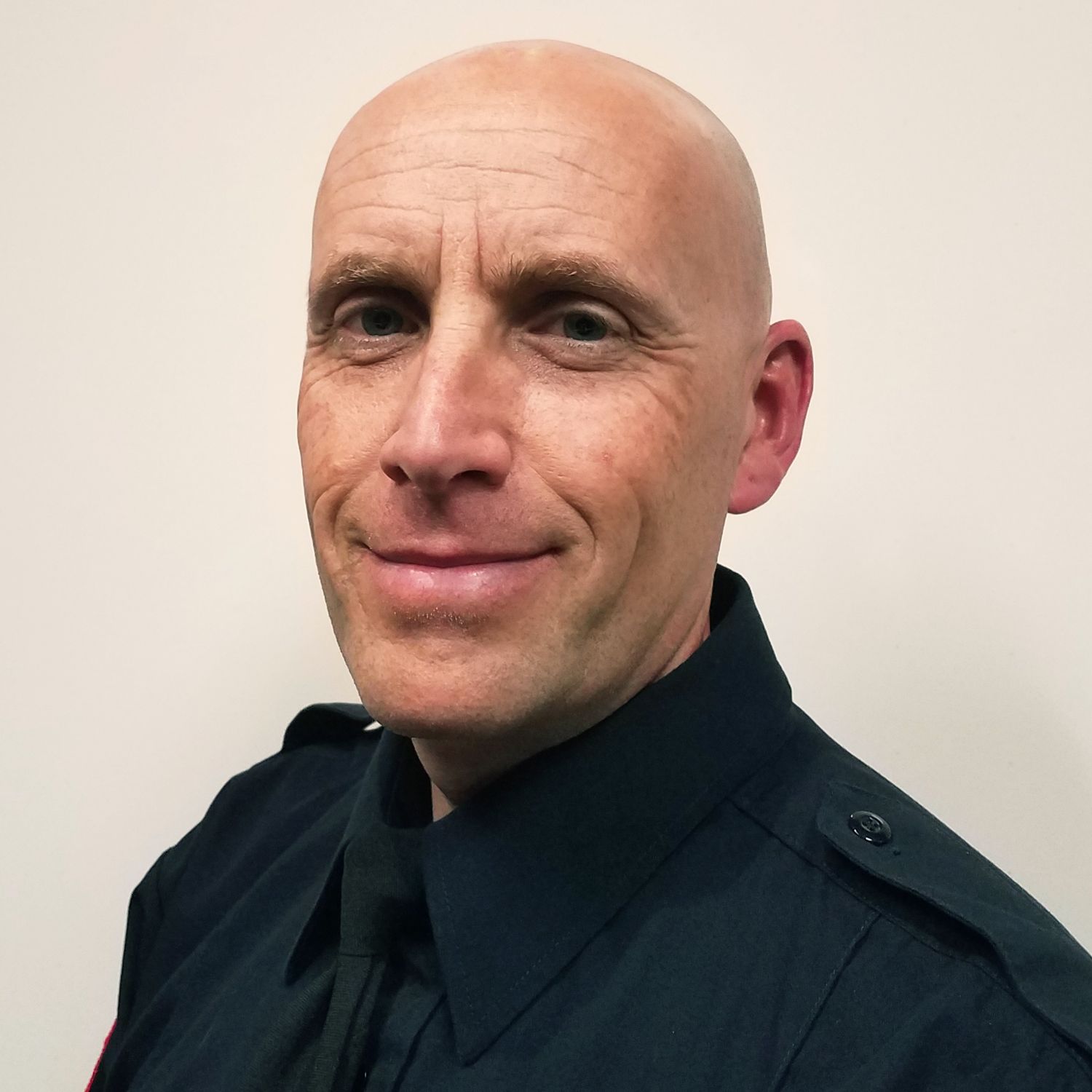
Craig Boydell
A dedicated firefighter/EMT, Craig Boydell is an indispensable member of Pima County Fire Operation’s Critical Incident Stress Management team. Craig willingly responds at a moment’s notice to help his peers, along with providers from neighboring fire protection and EMS agencies, after significant, traumatic events. He has provided much-needed support at numerous local, state, and regional incidents, including the October 2017 mass shooting in Las Vegas.
Craig has a strong focus on both physical fitness and mental fitness. He is a certified fitness instructor and fire academy physical training instructor. Craig is also an active member of his department’s Health & Wellness and Safety Committees.
Craig is a natural leader and is dedicated to helping the next generation succeed, including the high school students to whom he provides introductory training on careers in the fire service. Craig has served Pima County for the past 16 years.
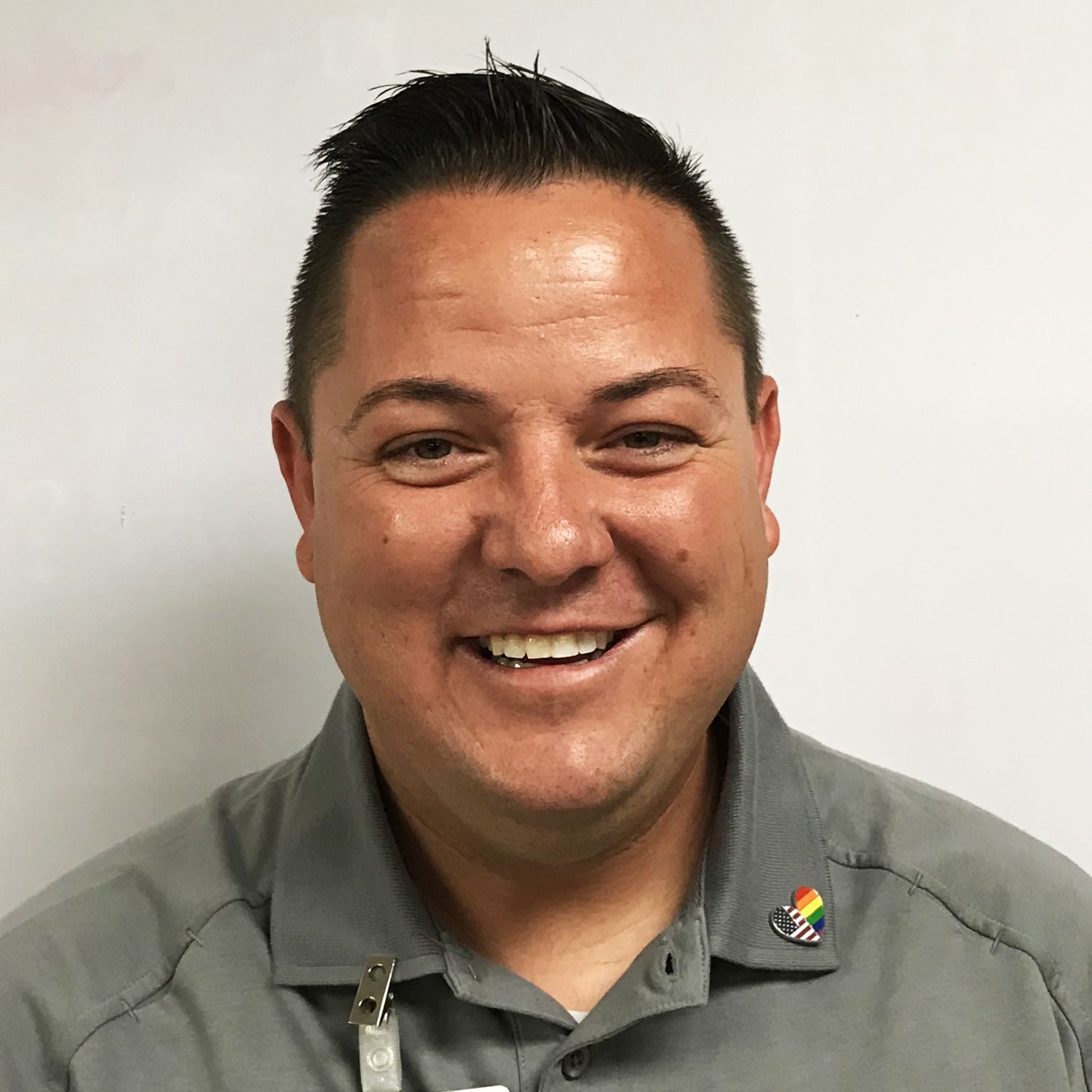
Jeffery Behling
Jeff Behling proved early last year that knowledge and know-how never take a day off. Jeff was at a junkyard looking for auto parts when an exhaust manifold fell onto another man. Jeff was off-duty but jumped into action. Based on the man’s color, Jeff knew the situation was serious. Jeff determined the man had a potentially life-threatening arterial bleed and directed bystanders to call 911. Jeff held direct pressure on the wound and kept the man alert until first responders arrived.
Jeff is a member of the AMR Emergency Response Team and he has been deployed four times during his four-year career with AMR, most recently to South Carolina after Hurricane Florence. Jeff was a strike team leader during that activation and was on the ground for nearly two weeks. Jeff also recently became an Emergency Vehicle Operator Course (EVOC) instructor and assists with various aspects of his operation’s new employee orientation program.
Jeff was inspired to enter the EMS field by his parents (Jason and Chaña) and his grandfathers, Reed Don Conover and the late Bruce Andrew Behling, both of whom were volunteer EMTs in Utah in the early days of EMS. To say that he’s done them all proud would be an understatement. American Medical Response is proud to recognize Jeff Behling as a 2019 Star of Life.

Peter Beemer
In April 2018, Kauai was hit by unrelenting rain. Forty-nine inches fell in 24 hours, causing devastation across the remote Hawaiian island. Peter Beemer was home with his wife and three children when the storm hit. Trapped behind landslides, Peter watched his car and truck float away in the flood waters. None of this stopped Peter from responding to this disaster. As the only Paramedic on his side of the island, Peter coordinated medical operations that emergency medical physician Dr. Erik Schumacher said, “given the circumstances and available resources, left nothing to be desired.”
After Peter’s family was evacuated, he spent nearly two weeks on site, helping his community recover. Peter provided wound care, disease and injury prevention education, helped set up a walk-in clinic, did home visits, and coordinated medication distribution. “Watching Peter was a lesson in mastery; it was as if he had done that before, many times,” recounted Dr. Schumacher. “Peter coordinated care in a way that was truly impactful and, whether they know it or not, the residents of the north shore owe him an enormous debt of gratitude. I am proud to have somebody so capable on our team.” American Medical Response is proud to recognize Peter Beemer as a 2019 Star of Life.
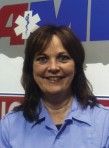
Susan Zeigler
What sets Sue Zeigler apart from other EMS professionals is that she is more than just an exceptional EMT – she is an individual that is 100% committed to the health and welfare of the community she serves. A full-time business owner and part-time EMT, Sue still takes responsibility to monitor radio traffic while off-duty. She has even driven her own vehicle to get to the location of a call to assist fellow crewmembers with a cardiac patient. Sue has also taken it upon herself while off-duty to find a partner so an ambulance can be called into service when Pierre’s two-ambulance system is overloaded. A volunteer for AMR at many community events, Sue is always looking for opportunities to educate the public and advocate the importance of CPR training. Sue cancels client appointments at her salon to help fill uncovered shifts. In addition, Sue donates her cosmetic skills to hospice and cancer patients, and is in charge of AMR’s Sentimental Journey program. Sue Ziegler’s commitment to her patients, her co-workers and the community is the reason why she is being honored as a Star of Life.”

Anthony Yarnal
Anthony has worked for Air Ambulance Specialists (AASI) for the past eight years as a Registered Respiratory Therapist (RRT) and Paramedic. His role as a Flight RRT/EMTP has expanded into training and medical coordination. Anthony’s knowledge and training style is invaluable to both AASI and AMR Air Hawaii. He is always there to answer difficult questions. Anthony became a Paramedic in 1984 and a RRT in 1986. He holds a Bachelor’s degree in Sports Medicine and an Associate’s degree in Respiratory Therapy. His RRT/EMTP experience includes working at many top-level hospitals including Loma Linda University Medical Center in Loma Linda, CA; Tulane Medical Center in New Orleans, LA; and Dartmouth Medical Center in Lebanon, NH. He joined AASI with 18 years of flight experience in both the rotor and fixed-wing environments. Anthony has also been a member of several specialty transport teams. Anthony is an outdoor sportsman including an accomplished skier, runner, and climber and he enjoys several other sports.”
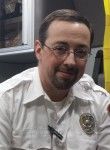
William Warsing
William is a true Star of Life, described as a very caring individual who is dedicated to EMS and AMR. He is a CCEMT-P, Lead SCT Medic for Abbott. William is often recognized for his efforts to ensure the highest standards of care. He is a committed medial professional with a strong academic background and clinical training. In addition, he mentors his colleagues assuring consistent skills and quality patient care. His patient care reports are meticulously detailed, ensuring that our SCT patients receive the highest quality care possible.William constantly takes the SCT ambulance into the community for in-service demonstrations and hosts Scout troops on site to familiarize them on how we operate and introduce them to career opportunities. He has served as a local Cub Scout den leader for the past five years, Girl Scout advisor for the past nine years, and provides emergency foster care for disadvantaged children. One of William’s crowning achievements was to help a chronically ill veteran, near the end of his life, check a big item off his “bucket list.” William took him to a St. Louis Rams football game. While on the sidelines, the veteran was greeted by officials, players and fans, all of whom thanked him for his service to our country. William is a reliable source of information to his peers and sometimes referred to as “Phone a Friend” from his coworkers who seek his advice and answers regarding patient care challenges.”
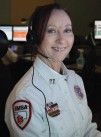
Melody Spruill
When tornadoes tore through central Oklahoma in May 2013, Melody Spruill shepherded field crews and communications personnel through the crisis. Radio and cell phone networks were overloaded, making communications incredibly difficult. During this time of intense chaos, Melody figured out a way to coordinate with external agencies and internal resources to secure and position additional response assets. Melody has a passion and intensity that sometimes catches people off-guard. Once she has taken ownership of a project, she assumes an accountability for it that is admirable and influences her peers. Melody is an EMT-Basic and has earned Emergency Medical Dispatch certification. She joined the EMSA team in November 1985.”
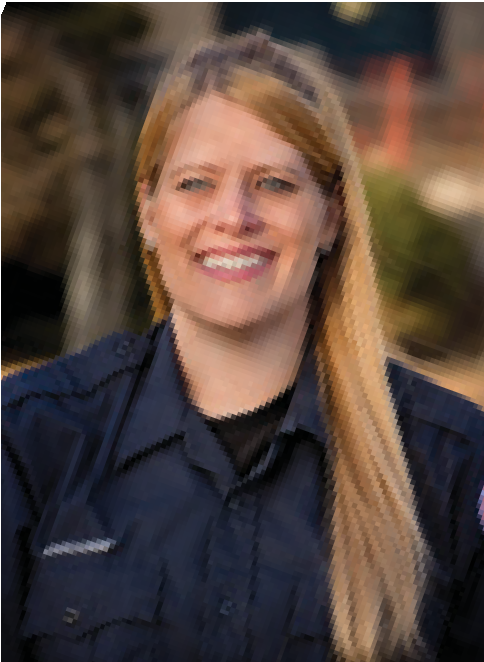
Leslie Reindollar
Leslie Reindollar is a paramedic with AMR in Pueblo, Colo. One of the calls she ran last year epitomizes her compassion for the care of others: A young child was seriously burned. The family was not immediately available to accompany the child and provide comfort. While Leslie treated the patient clinically, she also showed great compassion for the injured and scared child. As she continued medical care, she was also able to lie alongside the patient and provide the much-needed human touch for the child. Leslie radiates warmth, humility and kindness as she serves others and always expresses appreciation to others for their efforts. Leslie is the Clinical and Education Services Specialist for two operations, and she also serves her community as a paramedic and licensed practical nurse. She is a certified instructor for ACLS, PALS, ITLS and CPR. Leslie is also a member of AMR’s Disaster Response Team and has deployed several times, the most recent to help in Boulder County after the floods in September 2013.”
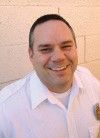
Anthony Ratto
One day, while off duty, Anthony was driving on the freeway when he noticed traffic backed up. He looked around and noticed that a pickup truck was up on the 60 degree embankment. When Anthony reached the pickup he found a man on the floor boards.The man had no pulse and was apneic. Anthony and bystanders were able to pull the man out and away from the pickup and begin CPR. When the fire department and responding AMR ambulance showed up, Anthony continued to assist with CPR and resuscitation of the man. Thanks to Anthony’s actions, the man is alive and recovering. Anthony’s determination to become a paramedic is evident in the personal trials he dealt with during paramedic school and internship. Anthony’s mother was diagnosed with a rare cancer and his father was diagnosed with Stage III COPD. He was able to juggle paramedic school, work and taking care of both his parents. Unfortunately, while Anthony was going through his internship to be a paramedic at AMR-Las Vegas, his father passed away. Anthony persevered through all his tragedies and accomplished his dream of being a paramedic.”